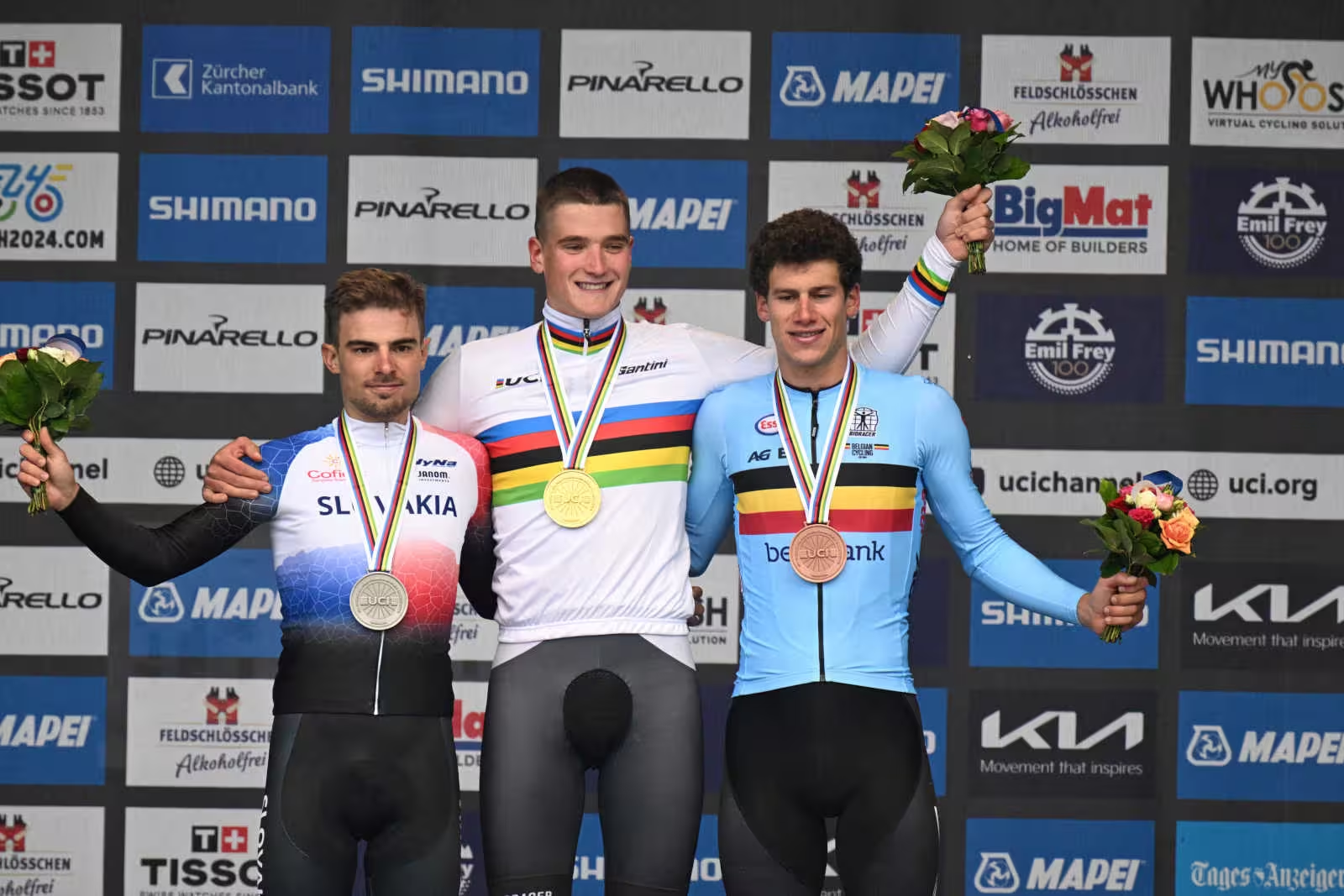There’s been a lot of discussion about the under-23 category of late—but the bigger question is, what exactly is the under-23 champion the champion of?
The under-23 category in cycling was introduced to bridge the gap between junior and elite racing, offering young riders a dedicated space to develop before transitioning to the professional ranks. First established in 1996 by the UCI, the category provides riders aged 19 to 22 the opportunity to compete in races tailored to their experience and abilities, including the prestigious UCI road world championships for under-23 riders. This initiative has helped nurture numerous talents who have gone on to dominate the elite circuit, offering a stepping stone for future stars to refine their skills and gain international exposure.
The history behind the addition of under-23
Prior to 1996, cycling had two categories at the elite level: amateur and professional. Amateur had no age restrictions—you could be 30, racing without a professional contract, and be world champion.
Lines are further being blurred after Friday’s under-23 worlds, as several WorldTour riders raced. Team UAE Emirates’ Isaac del Toro, who won a stage of the Tour Down Under, finished sixth in the Under-23 race, for example. His teammate Jan Christen finished fourth. The winner, Niklas Behrens, rides for Lidl – Trek—granted, the Continental squad. However, the runner-up was Martin Svrček from Soudal Quick-Step. Third place went to Alec Segaert of ProTeam Lotto Dstny.
The question is: what exactly is the under-23 champion the champion of if other riders of the same age are racing in the elite race? There is only one junior category—so when Lorenzo Finn or Cat Ferguson won, they were the best under-19 riders in the world. There’s simply no question they are the best of their ages. With the men, at least, there needs to be more discussion about the under-23. With women, there’s definitely more argument for its existence, as will be noted later in this article.
Younger riders riding faster, earlier
When the category was created, you’d rarely see a rider like Remco Evenepoel winning stages of Grand Tours, or even racing them. Sure, there were riders like Greg LeMond or Lance Armstrong who had big wins at young ages, but the philosophy was usually to ease riders into the bigger pro races.
A rider would either turn pro and start with smaller races or race in division 3 or 2 (now Continental and ProTeam) before racing in…
Click Here to Read the Full Original Article at Canadian Cycling Magazine…

